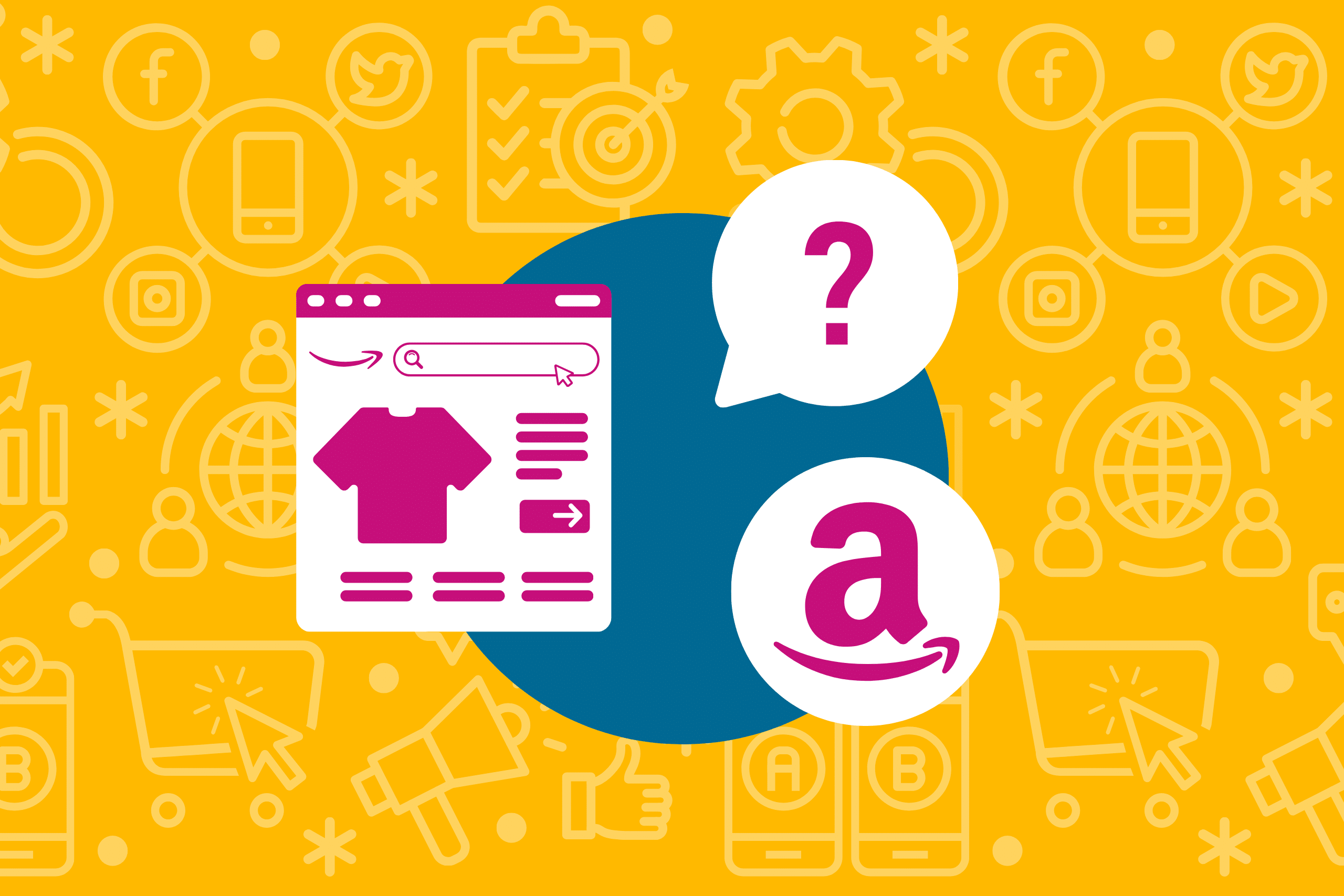We use our expertise to answer this question.
Are you thinking about selling your products on Amazon? Understanding Amazon Vendor Central vs Seller Central will help determine the best option for your eCommerce business.
Here’s a breakdown of the differences between the two account types:

Amazon Seller Central
Amazon Seller Central allows business owners to list and sell products directly to customers. Sellers control pricing and returns, track logistics, create brand or product promotions, manage inventory, and more.
Seller Central is ideal for individual sellers, small business owners, and eCommerce brands who prefer complete control over their Amazon stores. The downsides: When you sell products, they aren’t marketed as “sold and shipped by Amazon.” This could make you a less appealing option to shoppers because of Amazon’s clout and reputation. Amazon also requires price parity with your other channels, meaning you can’t sell your products at a higher price on Amazon than you sell them for on your own website.
Amazon Vendor Central
Amazon Vendor Central enables businesses to use Amazon as their wholesale supplier by selling products to Amazon. With this account, you have to be a brand owner and not a reseller.
Vendor Central offers two options to fulfill orders:
- Your business becomes a vendor and completes purchase orders directly to Amazon. which then handles pricing, shipping, customer returns, and exchanges on your behalf.
- Amazon lists your products as “Sold by Amazon,” but your company is still responsible for shipping the order to the customer.
If you’re leaning toward signing up for Amazon Vendor Central, there’s a caveat—it’s invitation-only. To get an invite to create an Amazon Vendor Central account, businesses must maintain the following in their Amazon Seller Central account:
- Consistent sales volume
- Healthy sales metrics
- Great customer reviews
- Excellent seller reviews
For more information on this topic, read our blog post on the pros and cons of Amazon Seller Central and Amazon Vendor Central. If you need help growing your presence on Amazon, our team is happy and ready to help you manage your Amazon Ads account. Get in touch with us today!








